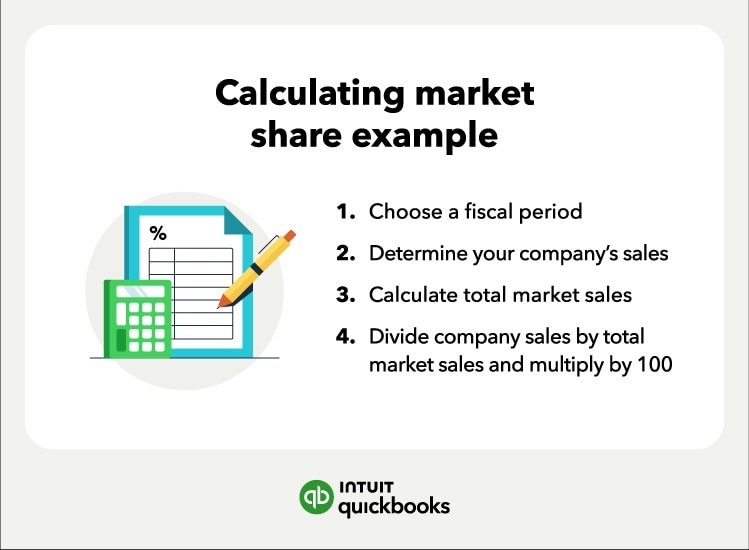As a small business owner, it’s important to understand the performance of your own business and compare it with your competition. Market share is the key performance indicator for measuring how you’re doing relative to your industry.
This knowledge can help you develop your marketing strategies, identify untapped areas, and plan future expansions. More so, 48% of businesses fail within the first five years—having a plan to grow your market share can improve your odds of survival.
Let’s look at what market share is, how to calculate it, and what it means for the success and longevity of your business:










 The market share formula method assumes you have accurate data for your industry's total sales, which may not always be readily available, especially for niche markets or small businesses.
The market share formula method assumes you have accurate data for your industry's total sales, which may not always be readily available, especially for niche markets or small businesses. 
 A good market share will depend on your industry. So, while a market share above 10% is generally considered good, a lower market share in a competitive industry can still be good, but a higher market share, like 2% in a less competitive industry, might not be good.
A good market share will depend on your industry. So, while a market share above 10% is generally considered good, a lower market share in a competitive industry can still be good, but a higher market share, like 2% in a less competitive industry, might not be good. 
 You can also do a SWOT analysis to assess your current business—and create one for your competitors to better understand their current position.
You can also do a SWOT analysis to assess your current business—and create one for your competitors to better understand their current position. 

